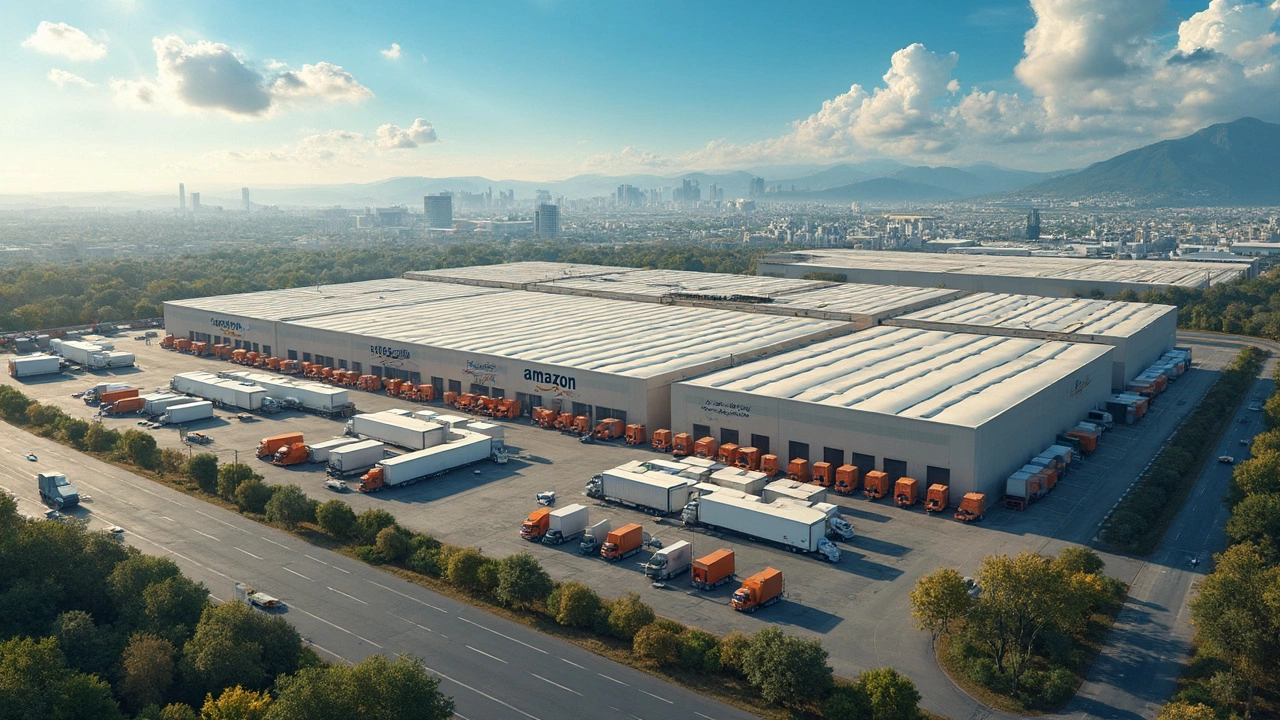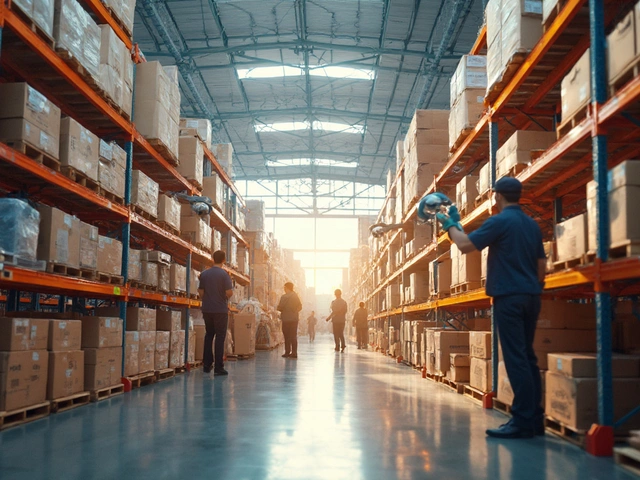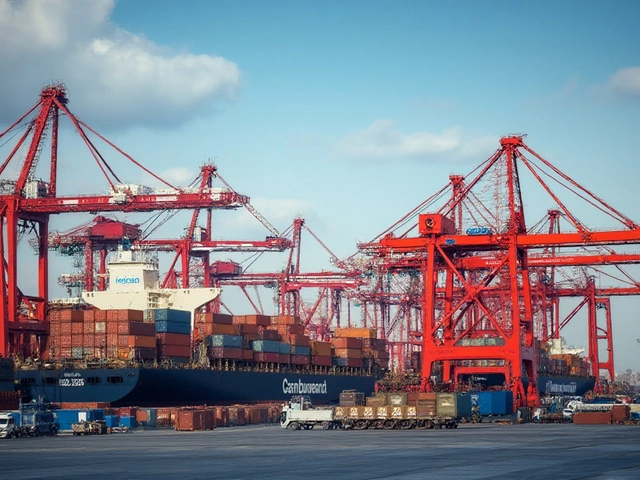State Distribution Explained – The Basics You Need to Know
Ever wonder how a parcel you order online travels from a warehouse in one state to your doorstep in another? That journey is called state distribution. It’s the part of the supply chain that moves goods between states, linking local depots, regional hubs, and final delivery points. Understanding it helps you pick the right shipping partner and avoid nasty delays.
Why State Distribution Matters
State distribution is the bridge between long‑haul transport and the last mile. If that bridge is weak, everything else falls apart. A solid state distribution network keeps inventory flowing, reduces storage costs, and gets products to customers when they expect them. For businesses, it means smoother operations and happier buyers. For you as a consumer, it means fewer "out for delivery" notifications that turn into missed packages.
Regulations also play a role. Each state has its own rules on weight limits, hazardous materials, and road restrictions. Good logistics firms know those rules inside out, so they can route trucks the right way and stay compliant. Skipping this step can lead to fines or delayed shipments.
How Companies Manage State Distribution
Most firms start with a regional hub – a big warehouse located near major highways or rail lines. From there, they use a mix of trucks, vans, and sometimes rail to reach smaller distribution centers in each state. These smaller centers act like mini‑warehouses, holding stock that’s ready to go out the moment an order comes in.
Technology is a big helper. Warehouse Management Systems (WMS) track inventory in real time, while Transportation Management Systems (TMS) plan the most efficient routes. When a new order lands, the software checks which state hub has the item, picks the fastest route, and even predicts traffic or weather impacts.
Many companies also partner with local carriers. A national logistics firm might handle the long haul to a state hub, then hand the package off to a regional carrier that knows the local streets better. This combo gives you the reliability of a big player and the speed of a local expert.
Finally, effective communication keeps everything on track. Real‑time tracking lets customers see exactly where their package is, and it alerts the carrier if something goes wrong. If a truck hits a roadblock, the system can reroute the load without causing a big delay.
In short, state distribution is the middle part of getting a product from point A to point B across state lines. It mixes big warehouses, smart software, local partners, and clear communication to keep goods moving. When you understand how it works, you can make smarter choices about shipping, budgeting, and even choosing the right logistics partner for your business.
February 6, 2025
Evelyn Wescott
0 Comments
Amazon's rapid expansion has led to an immense network of warehouses across the United States. By exploring which state hosts the most fulfillment centers, we gain insights into logistics strategies and regional benefits. This article delves into the distribution patterns, factors influencing location choices, and the impact on local economies. Readers will discover where Amazon's operations are most concentrated and what this means for future warehousing trends.




